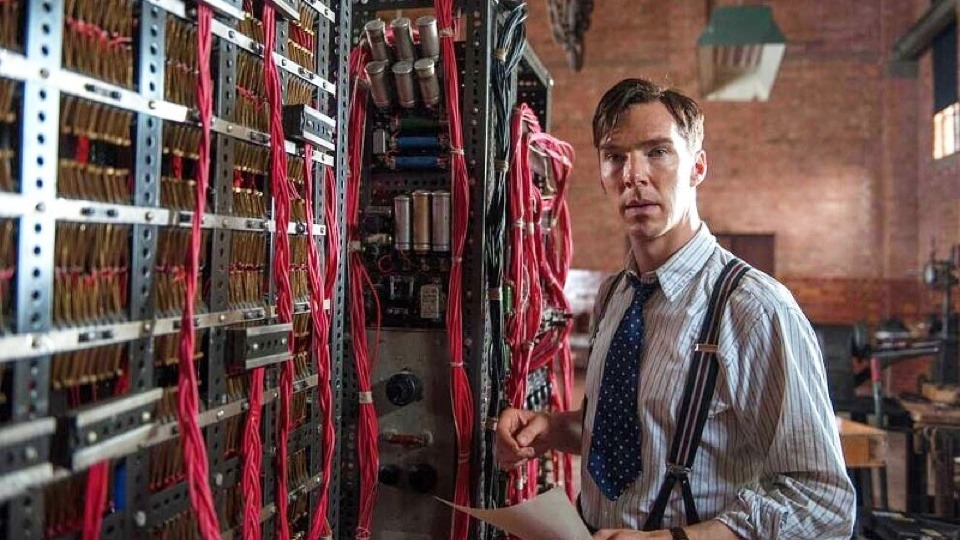
You’ve probably used a handy invention called “coffee sleeves” if you’ve ever visited a coffee shop. These insulators make it bearable to hold that super-hot cup of coffee. Jay Sorensen is the inventor of the coffee sleeve. He came up with this idea when he was driving his daughter to school when he spilled a cup of coffee in his lap, because the coffee was too hot to hold.
It’s common wisdom that innovative ideas must be original, new, and a flash of creativity out of the blue. But this belief is a real obstacle to creativity.
Jay Sorensen didn’t create the coffee sleeve because he was setting out to innovative. He needed to solve a problem.
Innovation is not about creating something from nothing.
There are problems everywhere, as long as you pay attention to them. Lots of great inventions come from the daily problems people encounter.
When it’s raining and you don’t want to wear clunky, unfashionable rain boots – but you don’t want to get your feet wet? There go the Dry Steppers. You want to bring a water bottle to work, but the shape of normal water bottles don’t work with your briefcase? Someone came up with the idea of Letter paper shaped bottles.
True breakthroughs happen when you notice problems and create solutions. Problems stimulate you to really think about what can be improved. Observing problems is a good start.
Different Levels of Problems
There are different types of problems. Some are easier to stimulate innovative ideas, some are more difficult. Finding out the type of problem you have identified helps you to know your effort needed to create new ideas.
Type 1: Problems with Good Solutions Available
Difficulty Level: ★★★
Some problems already have good solutions available. For example, in hot and humid climates, people have adjusted to the use of fans and air conditioning. It would take a huge breakthrough in order to think of a solution superior to what’s already available.
So, a brand-new invention to address hot climates would be a very difficult innovation to accomplish. There is no clear need for a new solution.
Type 2: Long Existing Problems with No Solutions Yet Found
Difficulty Level: ★★
A more intermediate scenario is when a problem has existed for a long time, and no solutions have yet emerged.
These intermediate problems are often very hard to fix because of their scale or complexity. For example, poverty is a huge problem, and everyone knows that. But nobody has “fixed” it probably because it’s hard to fix, and there are limitations on the resources to fix it.
When anything is possible, it’s difficult to know when and how to kick it off. But this situation can also be positive. With intermediate problems, you have no restrictions, and so you’re free to try out creative ideas. Take this as a source of inspiration. You might not have the resources to apply your solution right now, but that shouldn’t hold you back. Think of a solution and try it out when the timing is right.
Type 3: Problems That Have Flawed Solutions Available
Difficulty Level: ★
Finally, there are easy innovations. These include problems that do have available solutions, but those solutions are flawed. You can take what’s already there and improve on it. For example, the smartphone is in many ways an improvement of the original cell phone; it has added a lot of new functionality to an old technology.
While you might feel inspired to tackle a 3-star problem, you might try to kickstart your innovation with an 2-star or 1-star problem first.
Start with a Problem Within Your Reach
There are tons of problems out there, in every conceivable area of life. Look for one that is within your own field of expertise – where you can excel by using your knowledge and skills. By narrowing the scope of the problem, you also won’t get distracted by problems that you can’t control.
In your own field of work, you see recurring problems all the time. Find one that bothers you and dig deep into the root causes. Ask yourself, why does this happen all the time? Are there layers of causes? Understanding the problem deeply helps you think of more and better approaches to it.
Once you have identified the causes, turn to solutions.
First, are there any existing workarounds? If there are some, why aren’t they effective? Perhaps they don’t really address the root causes, or only address some of them. Consider how you might improve the available solution. If it’s possible to improve an existing solution, it could be easier to implement than something brand-new.
If there are no available solutions, then start brainstorming new solutions. In this scenario, it could be pretty tough to fix the problem outright. So instead of aiming to fix the root cause immediately, try to target individual layers of causes one at a time. This piecemeal kind of approach can help you work your way up to a complete solution.
Stop Thinking of New Ideas, Find Problems
Don’t look for a great idea. Look for a good problem. Observe the troubles that you come across in your everyday life.
It’s by addressing these problems that you can make the most positive impact on the world.
The post To Make Space for Creativity, Stop Looking for Great Ideas appeared first on Lifehack.

from Lifehack http://ift.tt/2vgakf7